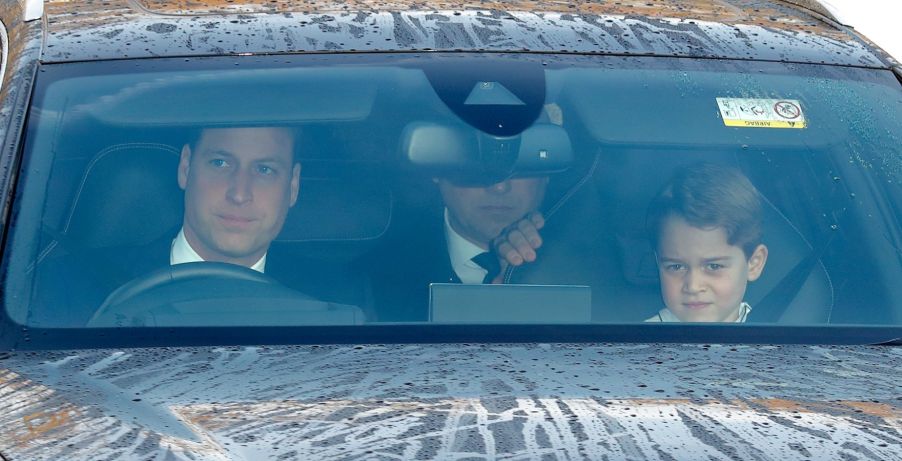
How Old Do You Need to Be to Ride in the Passenger Seat?
There tends to be some debate regarding the age a child can sit in the front seat, and many parents allow their children to sit up front before they’re even in middle school. In terms of car safety, even if your child is “big” for their age, it’s generally not a good idea to allow them to sit in the passenger seat before the age of 13, according to Safe Ride 4 Kids. Children are still going through most of their development before their teenage years and can be seriously injured if an airbag were to deploy in car accidents or if their seatbelt wasn’t fitted correctly due to their size.
Why should I wait until my child is 13 to ride in the passenger seat?

Children can be seriously injured in a car accident when they’re younger than 13, even if the car accident is relatively minor. They’re short, don’t weigh very much, and their bones are still undergoing development. This means that if their bones are broken during an accident, it can cause permanent damage quite easily.
The seatbelt can’t function properly if a child is under the recommended height for your vehicle. If they sit at a lower position than they should be able to, then the seatbelt can cause head and/or neck injuries to kids. Seatbelts are generally made for passengers weighing 140 pounds, even though some adults don’t meet these requirements.
How younger children should be transported
There are different steps for transporting a child depending on their age. For an infant, you’ll want to use a rear-facing car seat. Infants are more fragile than even toddlers because they’re going through the very early stages of development. The CDC recommends using a rear-facing car seat until your child is at least two years old.
Once your child reaches two years old, you can begin to use a forward-facing car seat. Due to their growth, a rear-facing car seat is usually no longer useful for the child, as it can be highly uncomfortable for a larger child to face the rear. This is generally recommended until the child reaches five years old, though it more so depends on the child’s size.
Around five years old, you can begin using a booster seat for your child. This is to ensure the seatbelt fits them correctly and is less likely to cause injury in the case of a car accident. A booster seat can be switched out for the car’s seatbelt once your kid reaches 4’9″ tall.
How to avoid distractions with a child in the car
It’s no secret that children can be loud and distracting in the back of a car. They’re often bored and may start fights with their siblings, or they might even ask the dreaded question, “Are we there yet?”
Nowadays, many children have their own phones or tablets to distract themselves in the car, but this isn’t always the case, especially if they’re really young. It’s generally a good idea to put on a movie or TV show for your kid on a tablet or phone to keep them distracted during your drive. A fun little smartphone game may work just as well, too.
No matter what you use to occupy your child, it’s always a good safety measure to have some kind of distraction for them in place. A disruptive child can lead to an accident if they’re too loud or trying to drive your attention away from the road.
In the end, it’s up to the parent to decide whether their child is ready to sit in the passenger seat, but always keep in mind the reasons why it’s recommended to wait. Always follow proper safety precautions to ensure your child’s safety.


